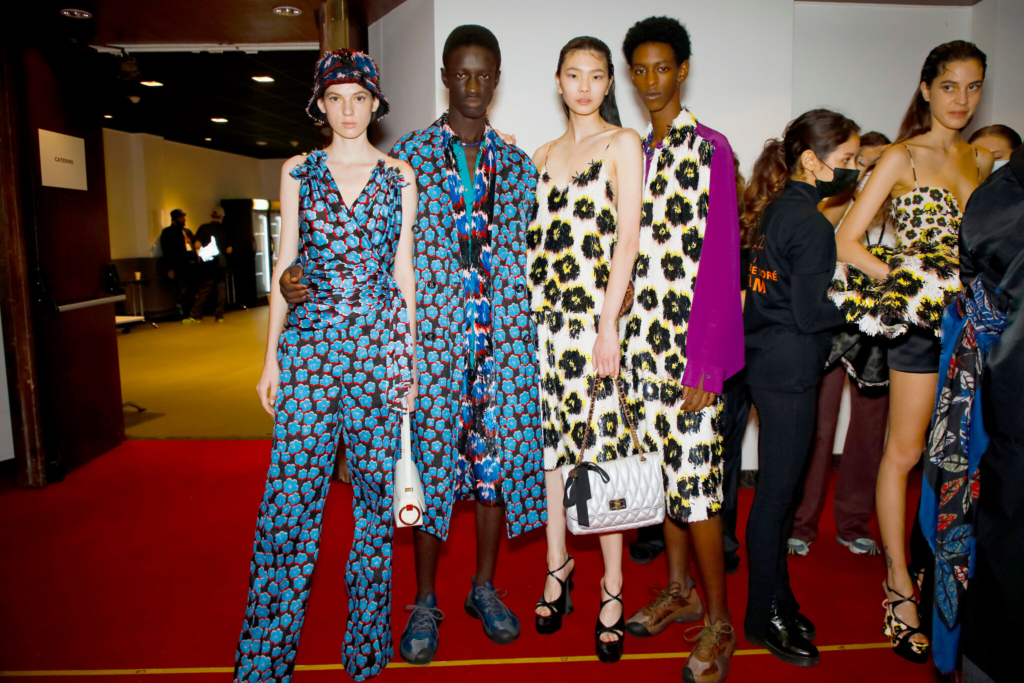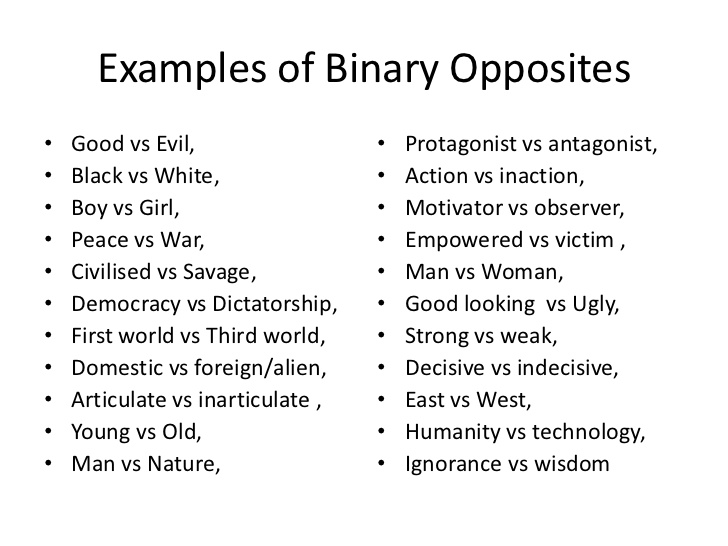What is femininity?
Femininity is a set of attributes, behaviours, and roles generally associated with women and girls. Femininity can be understood as socially constructed, and there is also some evidence that some behaviours considered feminine are influenced by cultural factors and biological factors. Femininity creates stereotypes for the ways a woman should both behave and look. The societal expectations for a ‘feminine’ appearance include long hair, softer features and clothing choices like dresses and skirts. Traditional femininity sets societal expectations and standards to create toxic femininity. Toxic femininity can create societal pressures for women due to the enforcement of unrealistic beauty standards and behaviours. This causes some women to feel judged, constrained and pressured to fit these expectations, possibly even causing them to experience struggles such as isolation, anxiety, and hiding their true identity.
Society’s perception of femininity has changed over the last century as shown:
1930s

1940s

1950s

1960s

1970s

1980s

1990s

2000s

2010s

2020s

Some factors of femininity are :
- Gracefulness
- Gentleness
- Empathy
- Loving
- Humility
- Sensitivity
- Emotional
In the 1900s, and only up until recently, women were often objectified and seen as ‘less’ than men. This was a common stereotype that was shared across the world. It was expected that women were to stay at home with their children and spend their days cooking and cleaning for the family. Whereas men were expected to go out and do work in order to provide for the family. Women were not allowed to get jobs as it was only viewed as a ‘masculine’, meaning people assumed they were not capable of doing a mans job. This made life tough for women as well as young girls growing up because they were portrayed as weak and incapable.
However, perspectives began to change soon after when many women began standing up for themselves. Although, it was tough at first and men continued to belittle them, women eventually began claiming power and often proving to people they were capable of doing anything a man could do. This became more and more successful over time and proved they were as strong as them. Today, women are still fighting for equal rights to men, but the stereotypes and expectations of women have adapted and improved.
Binary opposition:
The themes of ‘FEMININITY and MASCULINITY’ are a binary opposite – a pair of related terms or concepts that are opposite in meaning.
Binary opposition originated in Saussurean structuralist theory in Linquistics (scientific study of language) According to Ferdinand de Saussure, binary opposition is the system by which, in language and thought, two theoretical opposites are strictly defined and set off against one another. Using binary opposites can often be very helpful in generating ideas for a photographic project as it provides a framework – a set of boundaries to work within.

